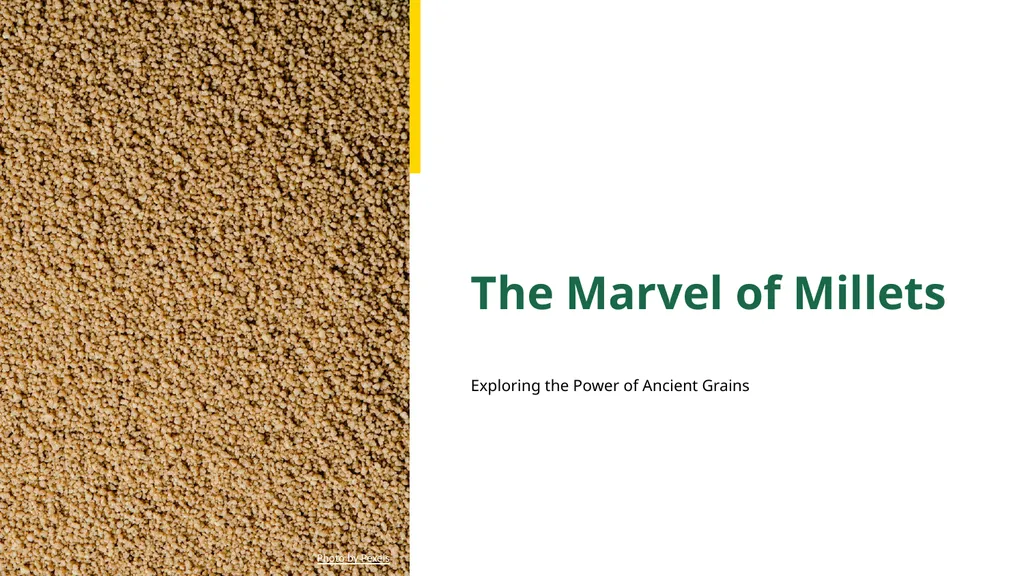
Author : marina-yarberry | Published Date : 2025-05-13
Description: The Marvel of Millets Exploring the Power of Ancient Grains Photo by Pexels Table of Contents 01 Introduction to Millets 02 Types of Millets 03 Health Benefits 04 Environmental Impact 05 Culinary Uses 06 Economic Importance 07 Challenges inDownload Presentation The PPT/PDF document "" is the property of its rightful owner. Permission is granted to download and print the materials on this website for personal, non-commercial use only, and to display it on your personal computer provided you do not modify the materials and that you retain all copyright notices contained in the materials. By downloading content from our website, you accept the terms of this agreement.
Here is the link to download the presentation.
"The Marvel of Millets Exploring the Power of"The content belongs to its owner. You may download and print it for personal use, without modification, and keep all copyright notices. By downloading, you agree to these terms.













